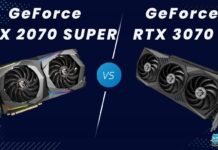Still A Good Deal?
Review Summary
The Gigabyte GeForce RTX 2070 Super Gaming OC 8G stands out as a strong player in Nvidia’s Super lineup, offering a compelling combination of performance and features. It features the TU104 GPU, enhanced CUDA cores, and NVLink support for SLI. The WINDFORCE 3X cooling system ensures efficient thermal management. Overall, the GPU is recommended for gamers and enthusiasts seeking strong performance and ray-tracing capabilities.
Hours Tested: 18-20
Overall
-
Design - 9/10
9/10
-
Performance - 8.5/10
8.5/10
-
Power - 8/10
8/10
-
Software Compatibility - 8/10
8/10
Pros
- Strong gaming performance
- Ray-tracing capabilities
- Efficient WINDFORCE 3X cooling system
- NVLink support for SLI
Cons
- Not ideal for budget-conscious users
The Gigabyte GeForce RTX 2070 Super Gaming OC 8G takes the stage as a standout player in Nvidia’s Super lineup, with a price tag of $549 during the review period. Strategically positioned with the TU-104 GPU, allowing for more optimization than the fully utilized TU-106, this graphics card distinguishes itself with enhanced CUDA cores and NVLink support for SLI—a feature absent in its non-Super counterpart.
Equipped with the WINDFORCE 3X cooling system, including three 82mm fans, composite heat pipes, and direct contact copper plates, it ensures efficient thermal management. The Gigabyte RTX 2070 Super Gaming OC 8G offers gamers and enthusiasts a compelling combination of performance and features.
Key Takeaways
- The Gigabyte RTX 2070 Super Gaming OC 8G performs exceptionally well @ 1080p, 1440p, and 2160p — giving anywhere from 2% to 9% better performance than the ZOTAC RTX 2070 Amp Extreme Edition.
- This graphics card is recommended for gamers and enthusiasts seeking strong performance and ray-tracing capabilities.
- It is not ideal for budget-conscious gamers, and those with current high-end GPUs, as incremental gains may not justify the cost.
- Why you can trust Tech4Gamers: Our reviews are based on dedicated hands-on testing by our team of experienced hardware experts. Find out more about how we test.
Let’s begin with the specifications:
| GPU | GeForce® RTX 2070 SUPER™ |
|---|---|
| Core Clock | 1815 MHz (Reference: 1770 MHz) |
| RTX-OPS | 53 |
| CUDA® Cores | 2560 |
| Memory Clock | 14000 MHz |
| Memory Size | 8 GB |
| Memory Type | GDDR6 |
| Memory Bus | 256 bit |
| Memory Bandwidth (GB/sec) | 448 GB/s |
| Card Bus | PCI-E 3.0 x 16 |
| Digital max resolution | 7680×4320@60Hz |
| Multi-view | 4 |
| Card size | L=286.5 W=114.5 H=50.2 mm |
| PCB Form | ATX |
| DirectX | 12 |
| OpenGL | 4.6 |
| Recommended PSU | 650W |
| Power Connectors | 8 Pin*1, 6 Pin*1 |
| Output | DisplayPort 1.4 *3, HDMI 2.0b *1, USB Type-C™(VirtualLink™) *1 |
| SLI Support | 2-way NVIDIA NVLINK™ |
| Accessories | Quick guide, Driver CD, 4-year warranty registration |
Packaging and Unboxing
The graphics card is shipped inside a cardboard box placed inside a paperboard packing.
Box Content
Here is everything included in the box:
- 1x Graphics Card
- 1x User manual/guide
- 1x Warranty Guide
- 1x Installation disk
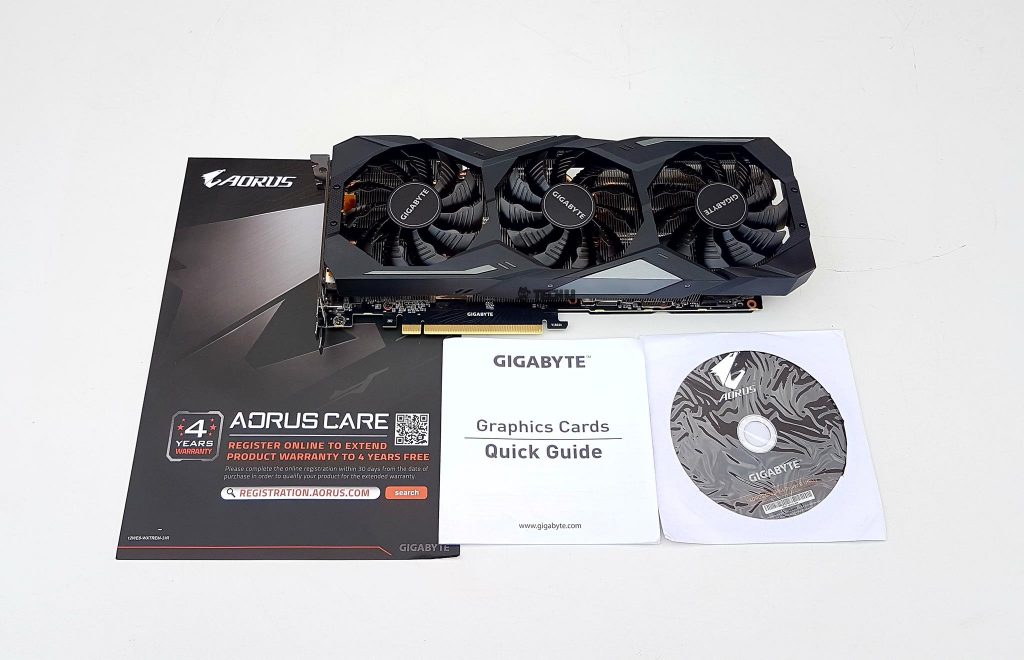
Design and Features
The GIGABYTE GeForce RTX 2070 Super Gaming OC 8G is based on TU104 GPU, a cut-down version of the fully enabled TU104. It has 13600M transistors using 12nm technology having a die size of 545mm². This version of TU104 has 64 ROPs and 160 TMUs. We have 2560 shader units compared to 2944 on the GeForce RTX 2080. The Pixel fill rate is 116.2 GP/s, and the Texture fill rate is 290.4 GT/s. GIGABYTE has used 8GB of GDDR6 VRAM from Micron rated at 14000 clocks using 256-bit bus width having a bandwidth of 448 GB/s.
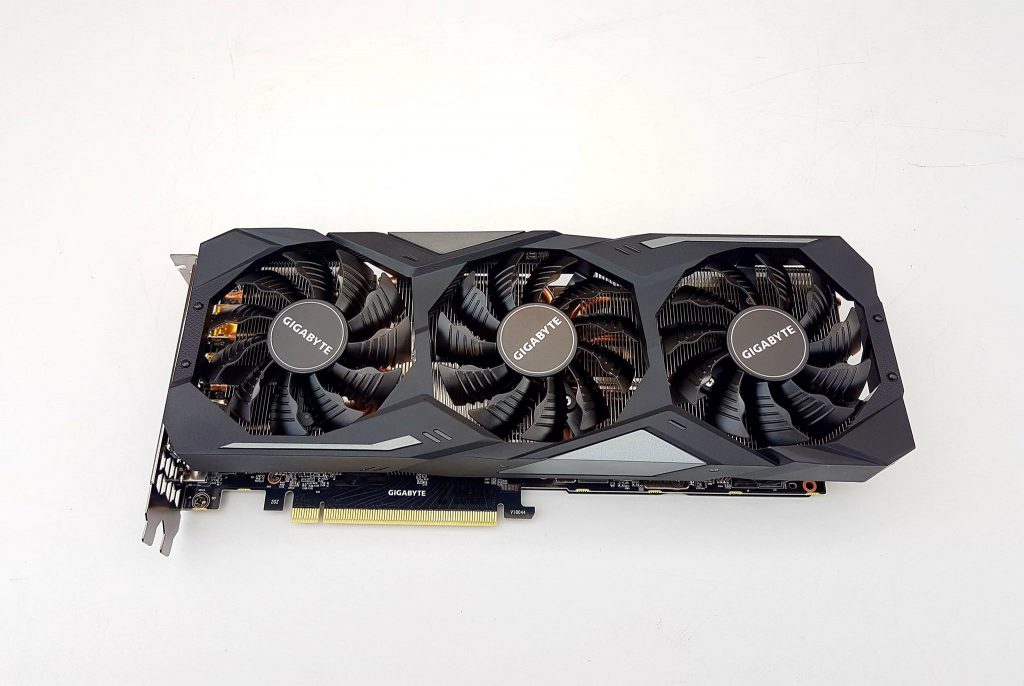
It is time to take a closer look at the design of the graphics card, and then I will discuss the results of the gaming and synthetic benchmarks. The black and grey plastic shroud, with its bold grooves and edges, perfectly covers the aluminum heatsink, adding a stylish touch. The grey textures on the top and bottom enhance its overall appearance. Its size is quite substantial, measuring 286.5×114.5×50.2mm, fitting into a 2.5-slot design.
I was particularly impressed by the pure copper heat pipes. Their shape allows maximum contact with the GPU, promoting better heat transfer. Additionally, these pipes extend over the VRAM, aided by a large metal plate for effective cooling. The composite pipes, utilizing both thermal conductivity and phase transition, significantly boost the cooling capacity. It seems they’re about 8mm thick, which is quite substantial.
GIGABYTE hasn’t overlooked the back of the PCB either. They’ve placed thermal pads strategically: one above the GPU socket and another behind the VRM area, ensuring thorough heat management throughout the card.
Looking at the top side of the graphics card, the shroud’s centre has a grey area with RGB LEDs underneath it. The shroud is not fully covering the graphics card from this side. This is done to ensure ample ventilation for effective heat dissipation. A black colour power connector seems to be powering the RGB LEDs.The GIGABYTE text illuminates when powered on using RGB Fusion 2.0 to control the RGB lighting effects on this graphics card.
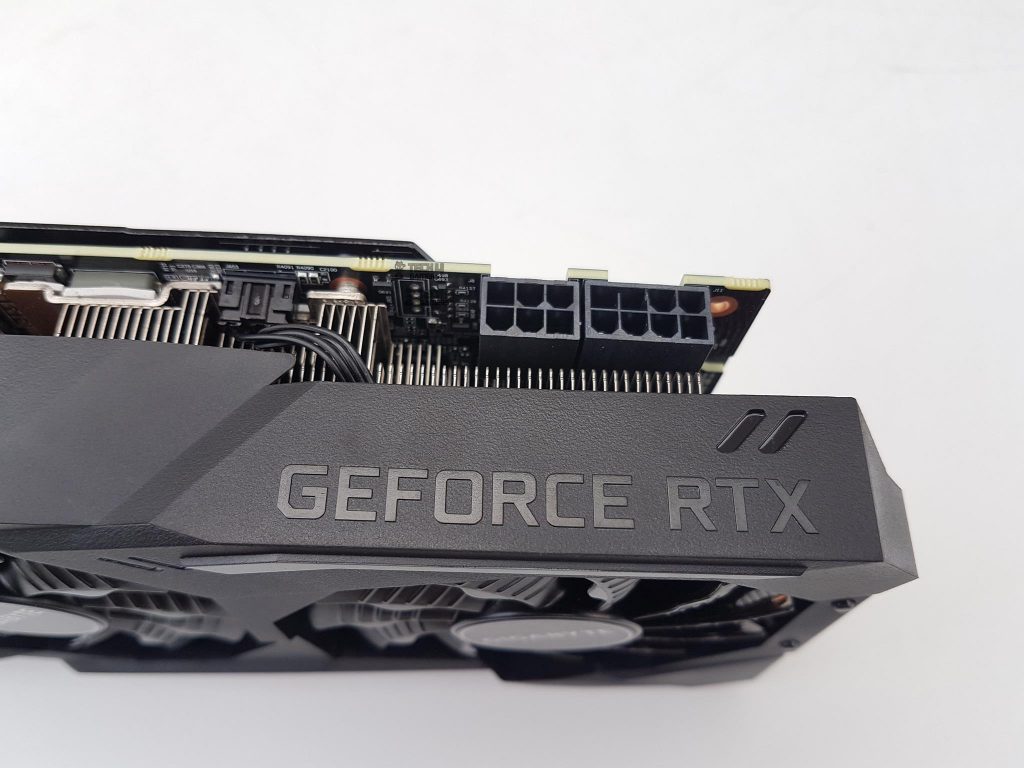
GeForce RTX is printed on the right side of this illuminated portion.
The PCIe connector is visible. Multiple thermal pads have been employed. There is a black thermal pad between the PCB and the cold plate. The power delivery side has white colour thermal pads. A 4-pin fan power connector in black is located towards the rightmost side of the PCB. Gigabyte uses the solid metallic backplate on the backside of the PCB to add more strength to the overall design and to serve for the better aesthetics of the card. GIGABYTE is printed in white text in the center of the plate. A serial no sticker is pasted towards the power connector side. NVLink connector is visible.
This graphics card is using 8-pin and 6-pin power connectors. There is a white colour LED below each connector.LED under the 6-pin connector is labelled as LED1, and the LED under the 8-pin connector is labelled as LED2. The smart power LED indicator alerts users when any PCI-E power supply is abnormal.
The three modes of LEDs are:
| Power LED Mode | Description |
| Light On | Power Cable is not connected |
| Light Off | Stable power connection |
| Light Blinking | Shows some issues with the power source |
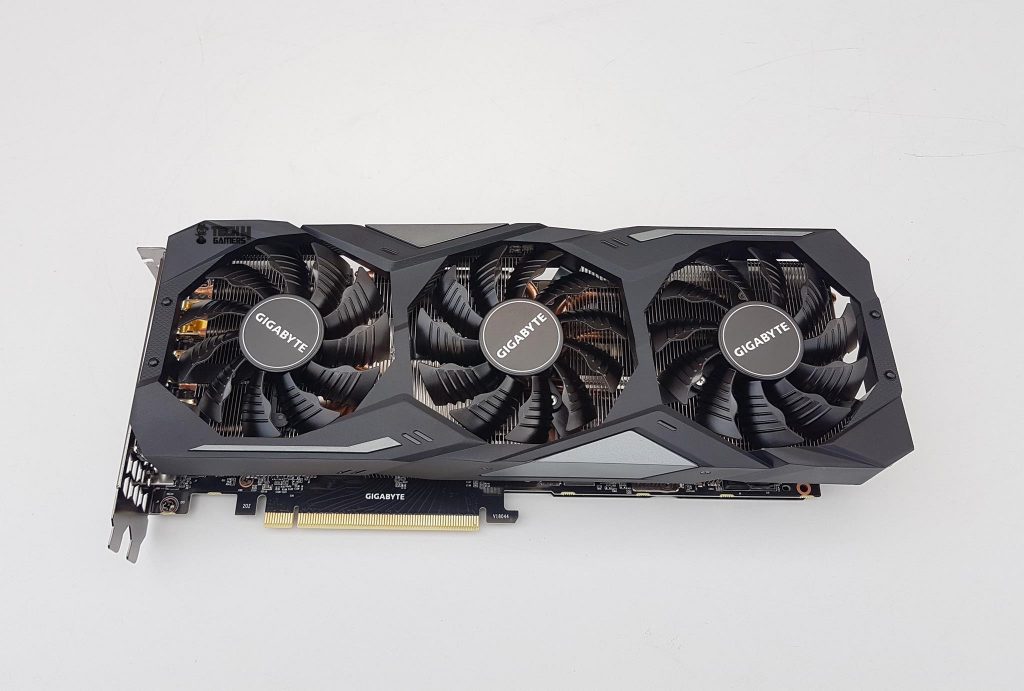
The left and rightmost ends of the shroud resemble the carbon fibre wrap finishing, though just the finishing gives that impression. The shroud part has extended over the PCB and covers the front side. This harmonizes the overall look and feel of the graphics card with the overall design.
The above picture better shows what I have stated above, that the shroud has extended over the PCB. One can see the 4 composite heat pipes coming out of the heat sink and terminating here.
The following connectivity options are available at the user’s disposal:
- 1x HDMI port 2.0 b
- 3x DP ports 1.4
- USB Type C
Due to limitations from the source, I did not open the card to look at the PCB and the power delivery system. This graphics card uses the 8+2 power phase design to allow the MOSFET to operate at a lower temperature, and over-temperature protection design and load balancing for each MOSFET, plus the Ultra Durable certified chokes and capacitors, to provide excellent performance and longer system life. The reference card uses using 7+2 power phase.
GIGABYTE has employed its Ultra-Durable technology in the power delivery design with these salient features:
- 2oz Copper PCB
- Solid Capacitor
- Metal Choke
- Lower RDS (on) MOSFET
- Tier 1 Memory
Testing
Following is the information regarding the test system and drivers that I have used to test this graphics card:
- Intel i7 8700k @ 5.0GHz
- Asus Strix Z390-E Gaming Motherboard
- Ballistix Elite 16GB kit @ 3000MHz
- Deepcool Castle 360EX
- HyperX 120GB SSD
- Seagate Barracuda 3.5” 2 TB HDD
- Thermaltake TP RGB 750W Gold PSU
Drivers
- Nvidia driver 417.71 for Gigabyte GeForce RTX 2060
- Nvidia driver 411.70 For Asus Strix RTX 2070 OC
- Nvidia driver 398.35 for GTX (Pascal) graphics cards
- Nvidia driver 417.71 for GTX 1080 [Required for Battlefield V]
- Nvidia driver 430.86 for GTX 1600 Series
- Nvidia driver 430.86 for Asus Strix RTX 2080 OC and Zotac RTX 2070 Amp Extreme
- Nvidia driver 431.60 for Gigabyte GeForce RTX 2070 Super Gaming OC 8G
- AMD driver Adrenalin 2019 19.4.3 for the RX 570 and RX 580.
Monitoring Software
MSI Afterburner 4.62 was used to monitor and record the FPS for the games without in-built benchmarks. Three runs per game per API per resolution were made, and the average is shown on the graphs. The tough ordeal for the tester!
Our testing includes the Ray Tracing and DLSS as well. I will be covering the RT and DLSS in a separate section.
Synthetic Benchmarks
Gaming Benchmarks
In terms of overall gaming performance, the Gigabyte GeForce RTX 2070 Super Gaming OC 8G has performed marginally well over the Zotac GeForce RTX 2070 Super Amp Extreme. In 1080p gaming, the overall gain is 4.50%. In 1440p gaming, the overall gain is 4.29%. In 2160p gaming, the overall gain is 4.60%. Overall, it is a 4.46% gain.
Ray Tracing and DLSS Benchmarks
Let’s start with the synthetic benchmarks.
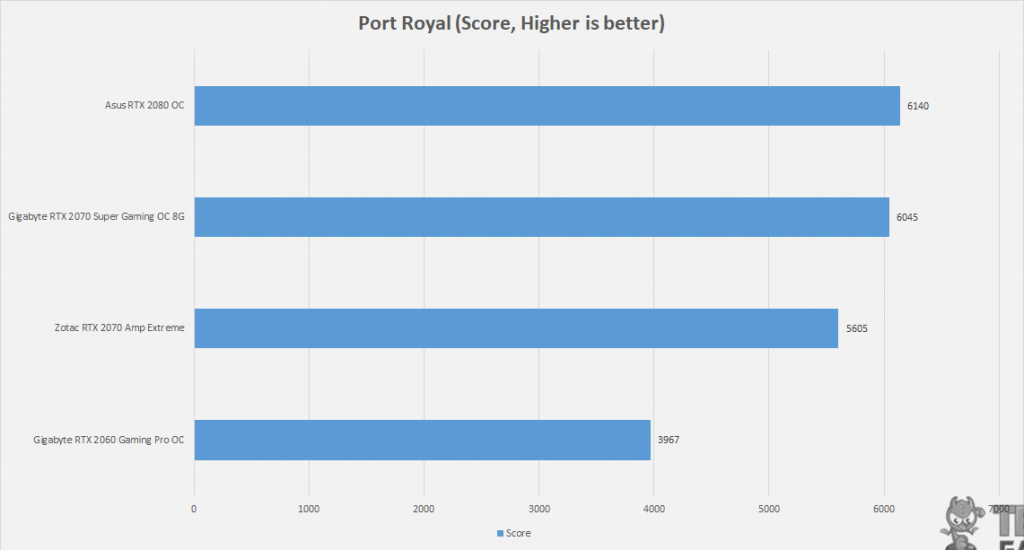
3DMark has introduced a DLSS feature test to measure the performance gain, if any, using the DLSS using the Port Royal benchmark. The test repeats itself without DLSS and with DLSS. The user can select from three resolutions.
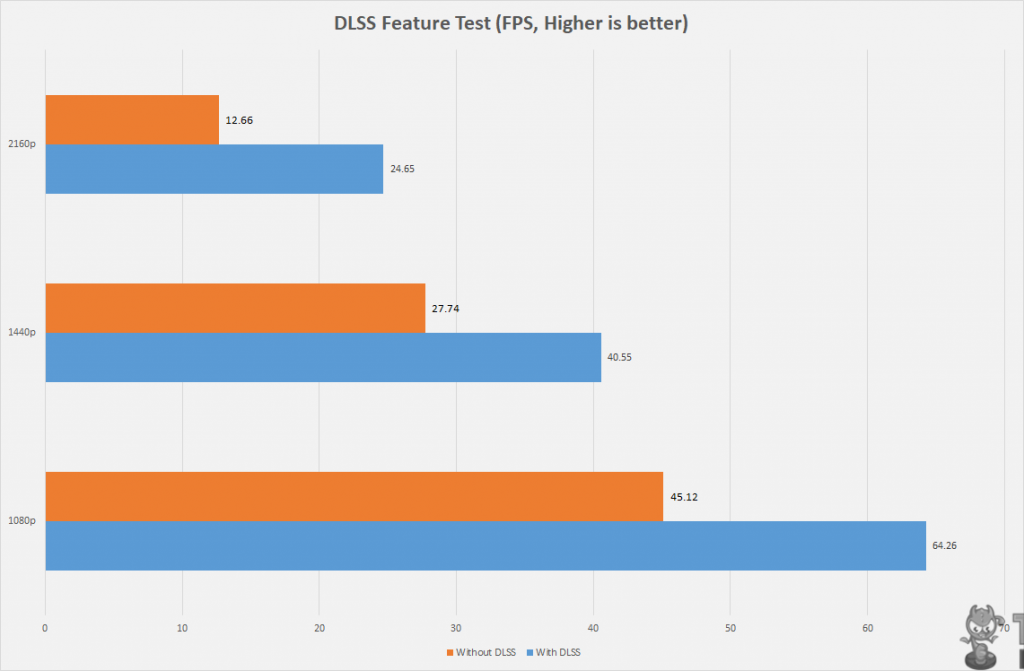
Gaming Benchmarks for Ray Tracing and DLSS
Let’s take a look at the gaming benchmarks.
Boost Clocks
Now that we have looked at the gaming and synthetic benchmark results, it is time to look at the maximum boost clocks.
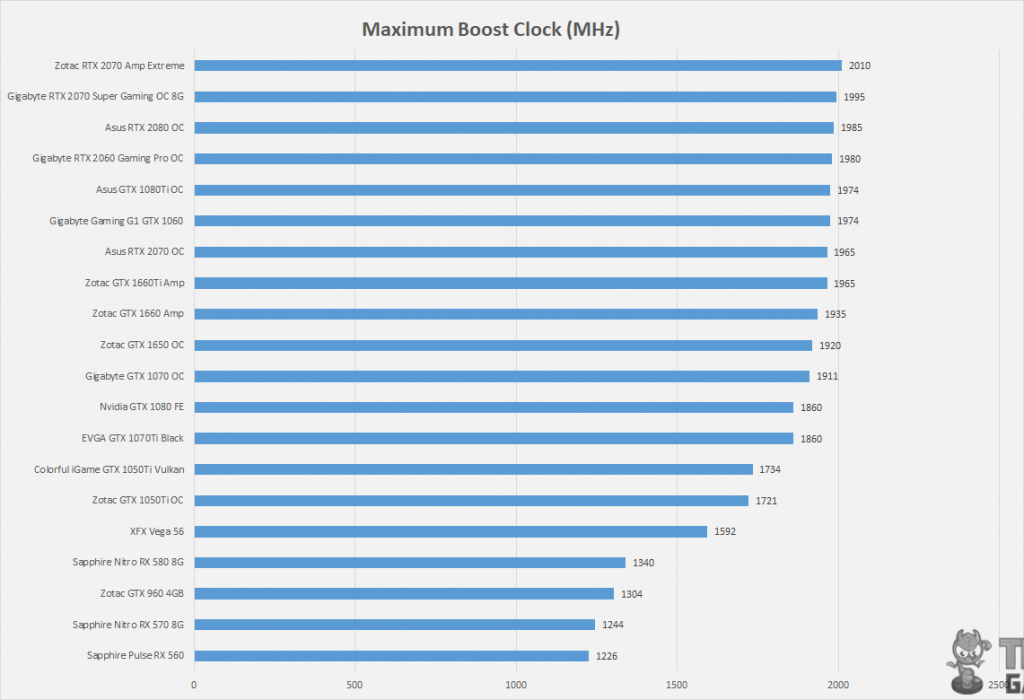
The Gigabyte GeForce RTX 2070 Super Gaming OC 8G has been boosted to 1995MHz out of the box without any tweaking. However, I have observed that clocks have more fluctuations or variations than the other RTX cards I tested. The lowest dip was 1820MHz. The temperature then was approximately 64°C during the Witcher 3 gameplay session at 4k. It can’t be coincident that three different drivers gave similar results!
Overclocking
For overclocking, the MSI Afterburner was used. I started with overclocking the VRAM. The voltage slide was set at 100%. I pushed the memory clock by another +1000MHz (1.0GHz). Next, I started with the core clock overclocking. I had no luck with the silicon, as I could only push the core clock to +125MHz. The chip did reach 2145MHz, but unfortunately, it was a failed attempt. 2070MHz is what was achieved with stable overclock.
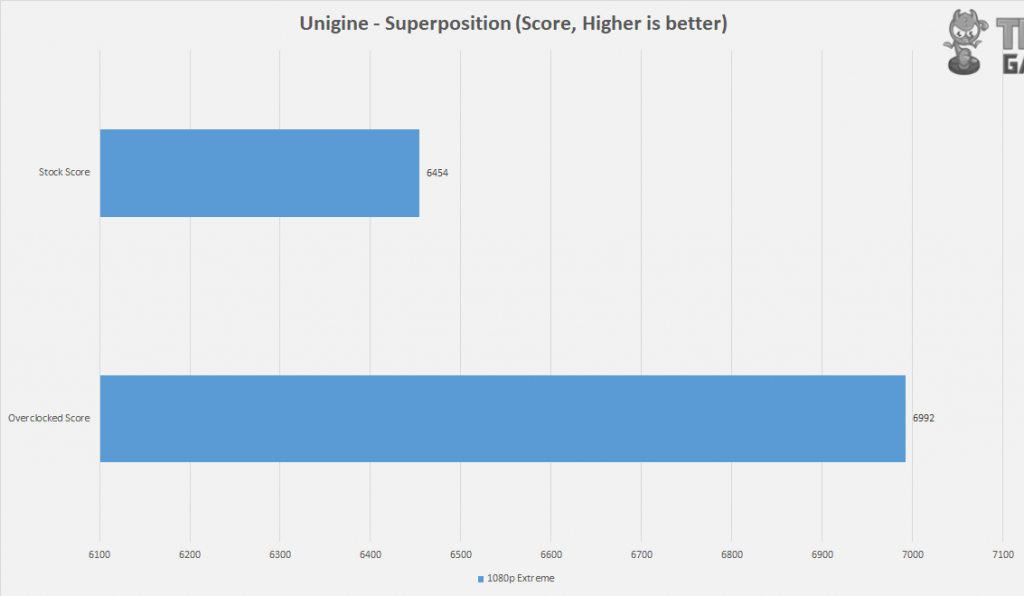
Power Consumption
To measure the power draw, I am taking a different route as HWInfo64 shows the GPU Power, and this is exactly what I have been showing on my graphs instead of the overall system power draw. To monitor the maximum power draw, I am using The Witcher 3 4k run of 60 minutes and then recording the reported maximum power draw from the HWInfo64.
The PC was idle for about 15 minutes before the gaming session. This way, any user can easily check their graphics card for power consumption. Like the other RTX graphics cards I tested, this card constantly hit the power target. Even increasing the slider to 111% saw no effect. A little more headroom in terms of power target could have been beneficial.
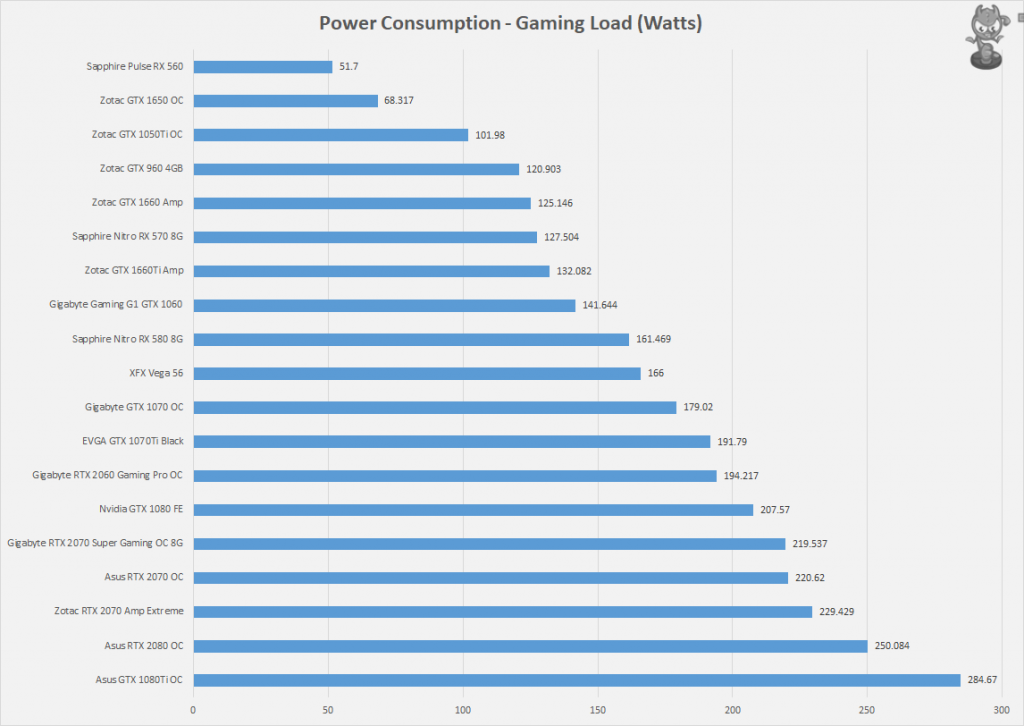
Thermal Performance
I am not using Furmark or any other stress app for thermal performance checking. Instead, the reported temperatures are from the gaming session using The Witcher 3 at 4k resolution for a minimum of 60 minutes. MSI Afterburner is used to record the temperatures during the gaming session. The Gigabyte GeForce RTX 2070 Super Gaming OC 8G was idling at 42°C. It maxed to 69°C on stock clocks, and with overclocking, it maxed to 73°C.
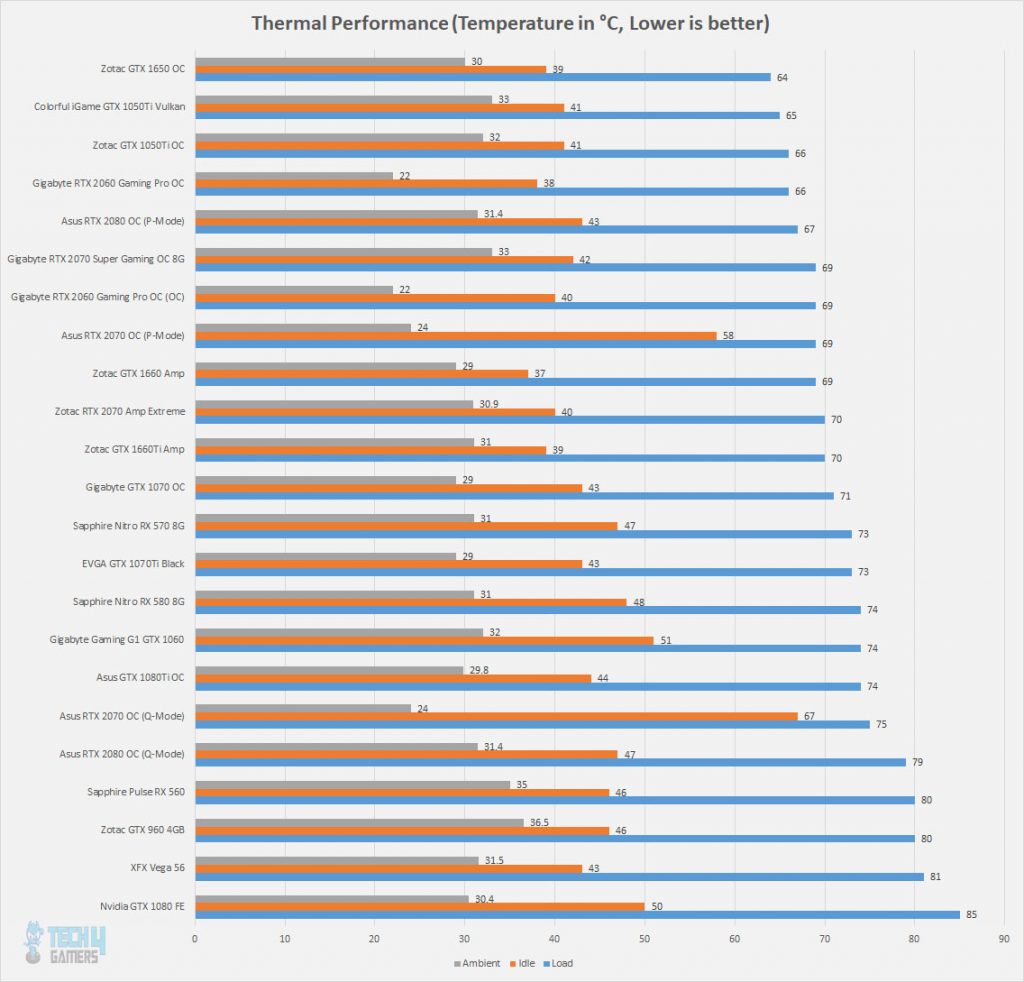
Software
Now, let’s have a look at the software related to RTX 2070 OC 8G.
RGB Fusion
Gigabyte has provided an RGB LED lighting solution on their GeForce RTX 2070 Super Gaming OC 8G. The lighting effects could be controlled using their RGB Fusion 2.0 app.
The following lighting modes are available on this graphics card:
- Cycle
- Static Color
- Flash
- Double Flash
- Breathing
- Intelligent
- Off
Aorus Engine
Aorus Engine is the name of the utility app that can be used to monitor and control Gigabyte graphics cards. The application has a user-friendly interface.
Should You Buy It?
Now that our RTX 2070 Super Gaming OC 8G evaluation is finished, do we see it as a favorable option?
Buy It If:
✅ You Want Cutting-Edge Performance: With the TU-104 GPU and 8GB GDDR6 VRAM, this graphics card delivers robust performance, making it an ideal choice for gamers and enthusiasts seeking top-tier capabilities.
✅ You Want Ray-Tracing Capabilities: If you’re keen on experiencing cutting-edge ray-tracing technology, the RTX 2070 Super Gaming OC 8G provides a compelling solution for immersive graphics.
✅ You Have A Mid-Range Budget: Priced at $549 during the review period, this card offers a balanced combination of features and performance, making it a solid choice for those with a mid-range budget.
Don’t Buy It If:
❌ You Have Minimal Interest in Graphics Intensive Tasks: If your computer usage primarily involves non-demanding tasks such as browsing, office applications, or content consumption, the advanced capabilities of the RTX 2070 Super Gaming OC 8G may be underutilized. Opting for a less powerful and more budget-friendly GPU would be a practical choice for such scenarios.
❌ You Already Own High-End GPUs: If you already possess high-end GPUs with comparable performance, the incremental gains of the RTX 2070 Super Gaming OC 8G may not justify the cost, and upgrading might not be necessary.
Final Words
Nvidia positioned the supermodels at the RTX 2070 and RTX 2060 base price while simultaneously lowering the prices of the existing RTX 2060 and RTX 2070 models. This pricing strategy and performance improvements solidify Nvidia’s impact in the market. GIGABYTE’s GeForce RTX 2070 Super Gaming OC 8G, built on the TU104 GPU, showcases notable changes, including 53 RTX Ops and 2560 shader units.
The card’s specifications contribute to its overall performance, from 8GB GDDR6 VRAM to the WINDFORCE 3X cooling solution. Despite a modest 5% increase in performance over the RTX 2070, the $549 price tag positions the GIGABYTE card as a compelling choice, particularly for those seeking value in the mid-range GPU market.
I thank Gigabyte for allowing me to review their GeForce RTX 2070 Super Gaming OC 8G graphics card.
Recent Updates:
- January 1, 2024: A few text changes to improve readability. Also added image galleries.
Thank you! Please share your positive feedback. 🔋
How could we improve this post? Please Help us. 😔
[Hardware Reviewer & Editor]
Meet Nauman Siddique, a highly experienced computer science graduate with more than 15 years of knowledge in technology. Nauman is an expert in the field known for his deep understanding of computer hardware.
As a tech tester, insightful reviewer, and skilled hardware editor, Nauman carefully breaks down important parts like motherboards, graphics cards, processors, PC cases, CPU coolers, and more.
- 15+ years of PC Building Experience
- 10+ years of first-hand knowledge of technology
- 7+ years of doing in-depth testing of PC Hardware
- A motivated individual with a keen interest in tech testing from multiple angles.
- I majored in Computer Science with a Masters in Marketing
- Previously worked at eXputer, EnosTech, and Appuals.
- Completed Course in Computer Systems Specialization From Illinois Tech


 Threads
Threads
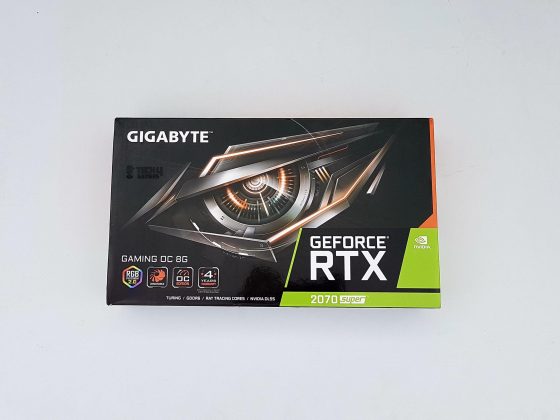
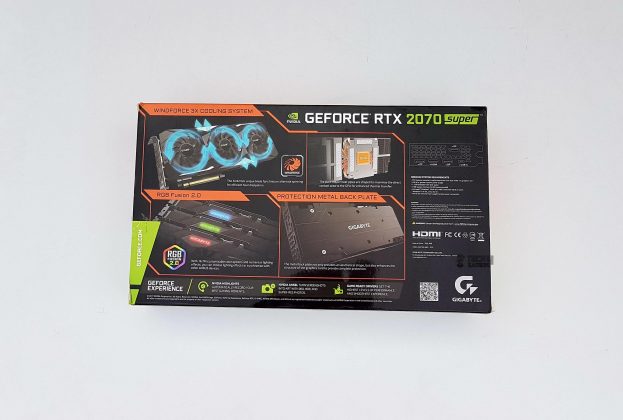
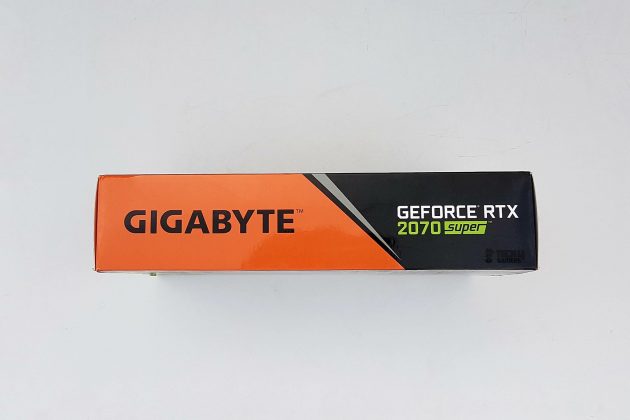
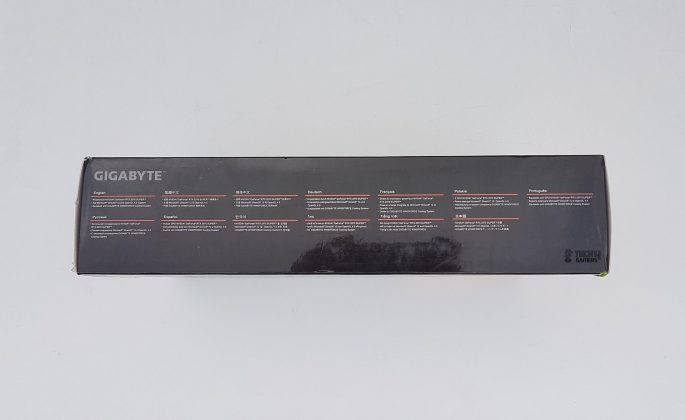
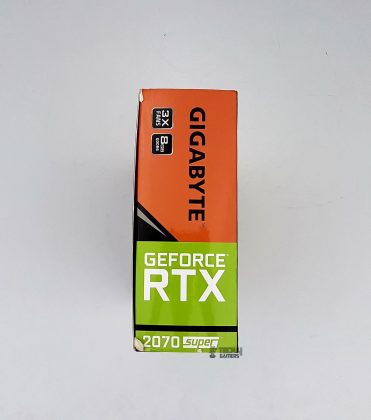
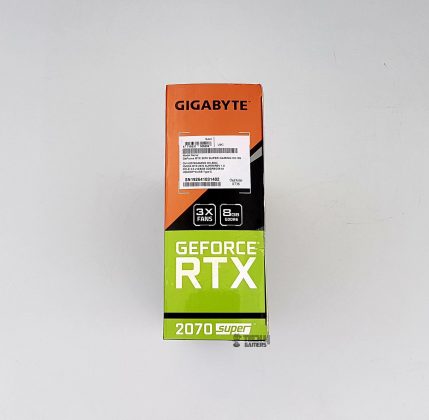
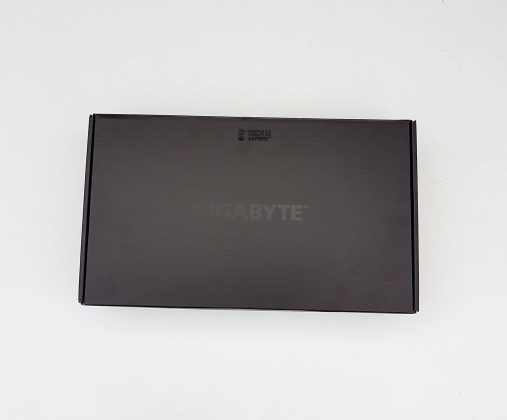
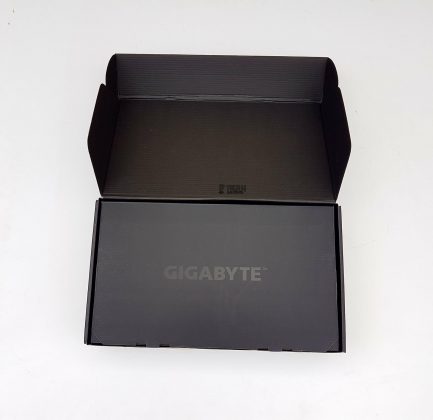
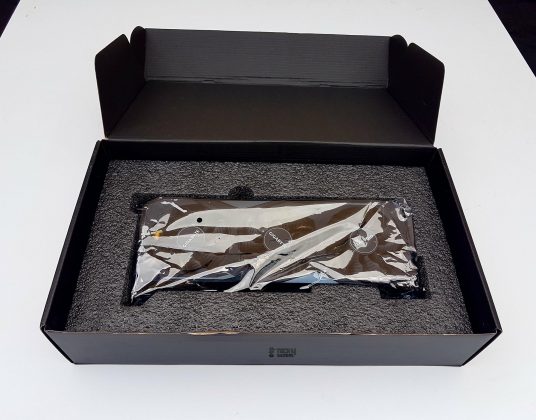
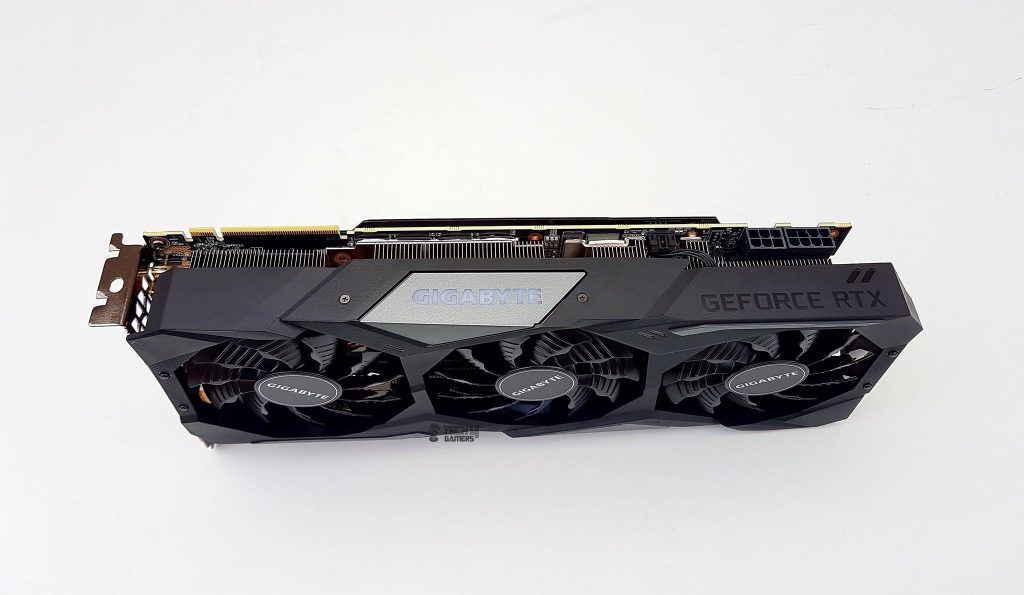
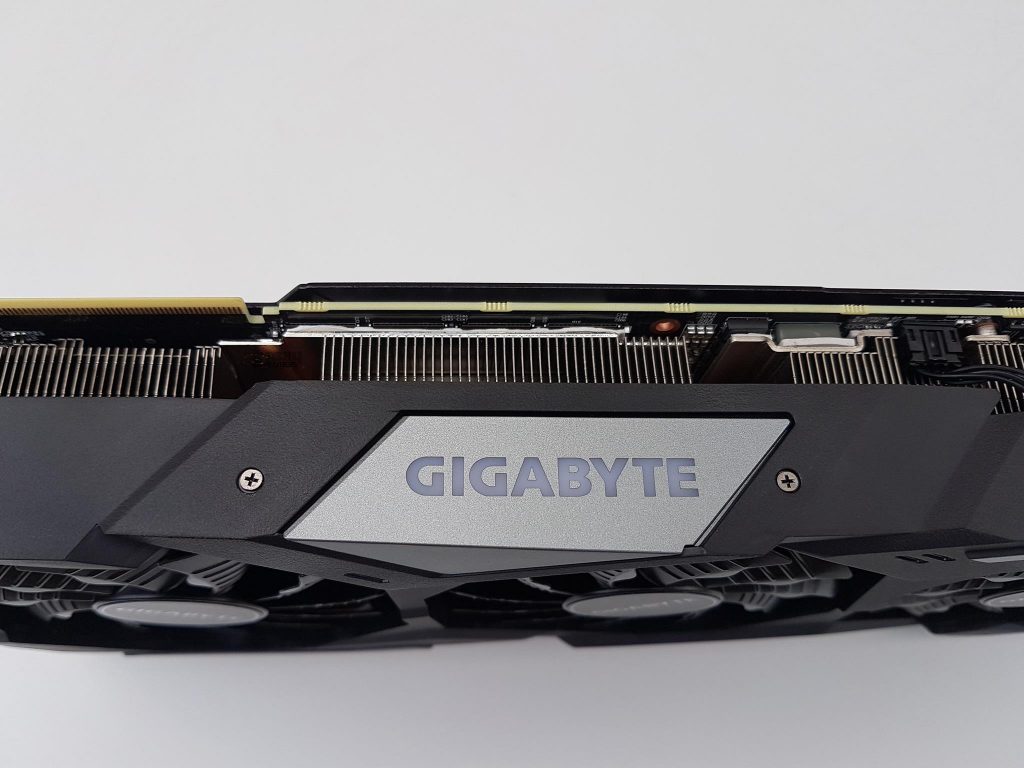
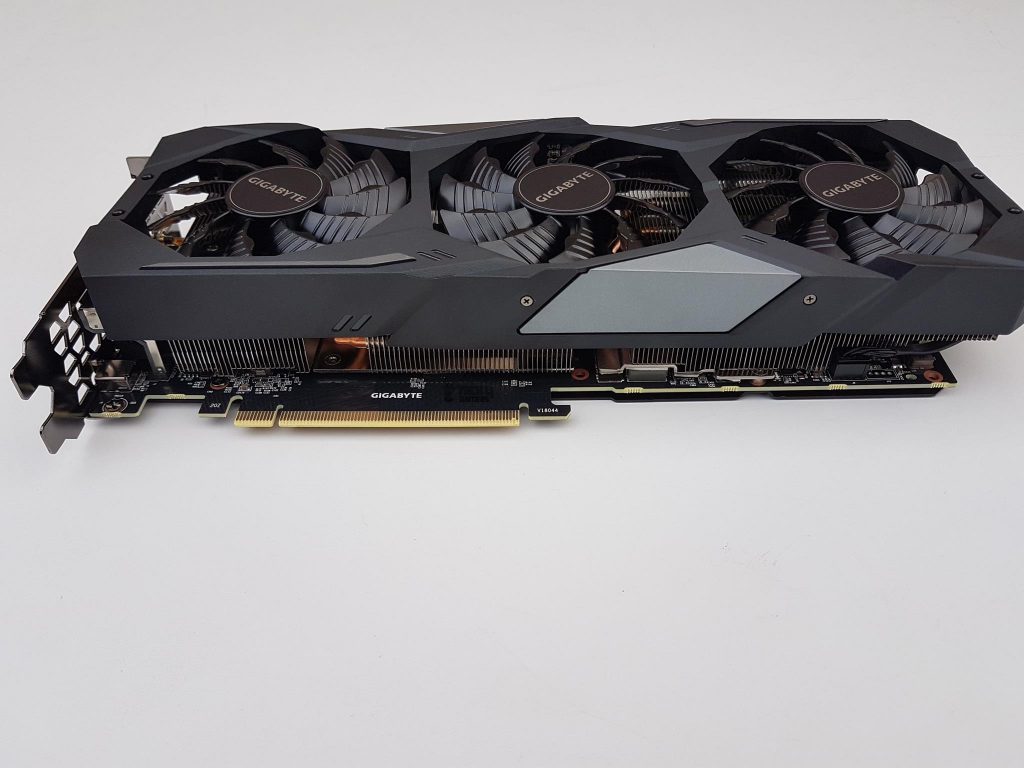
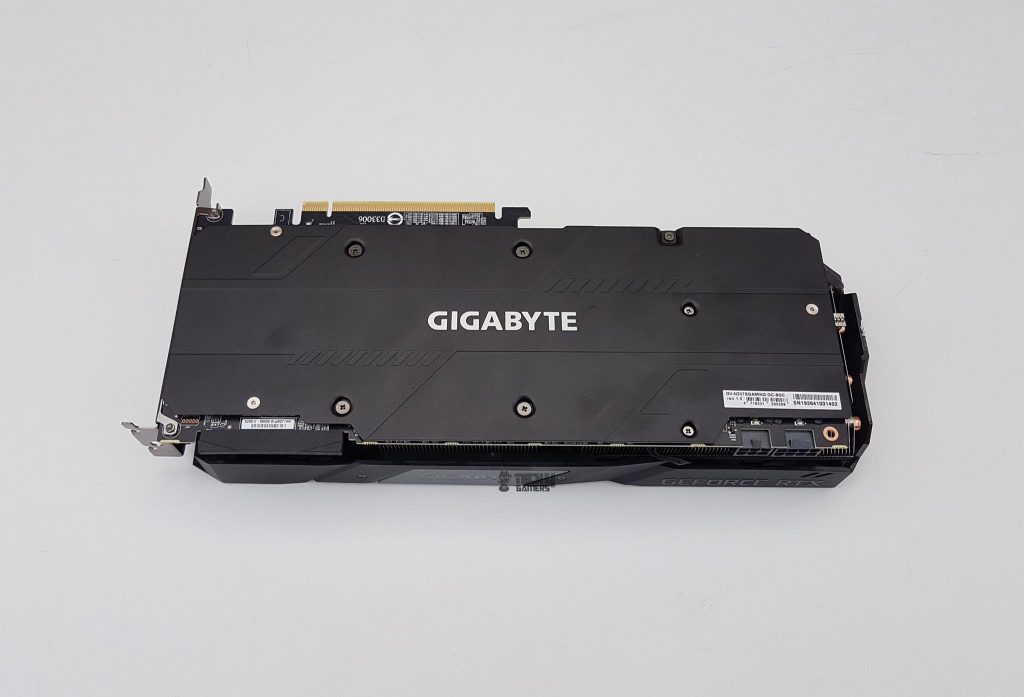
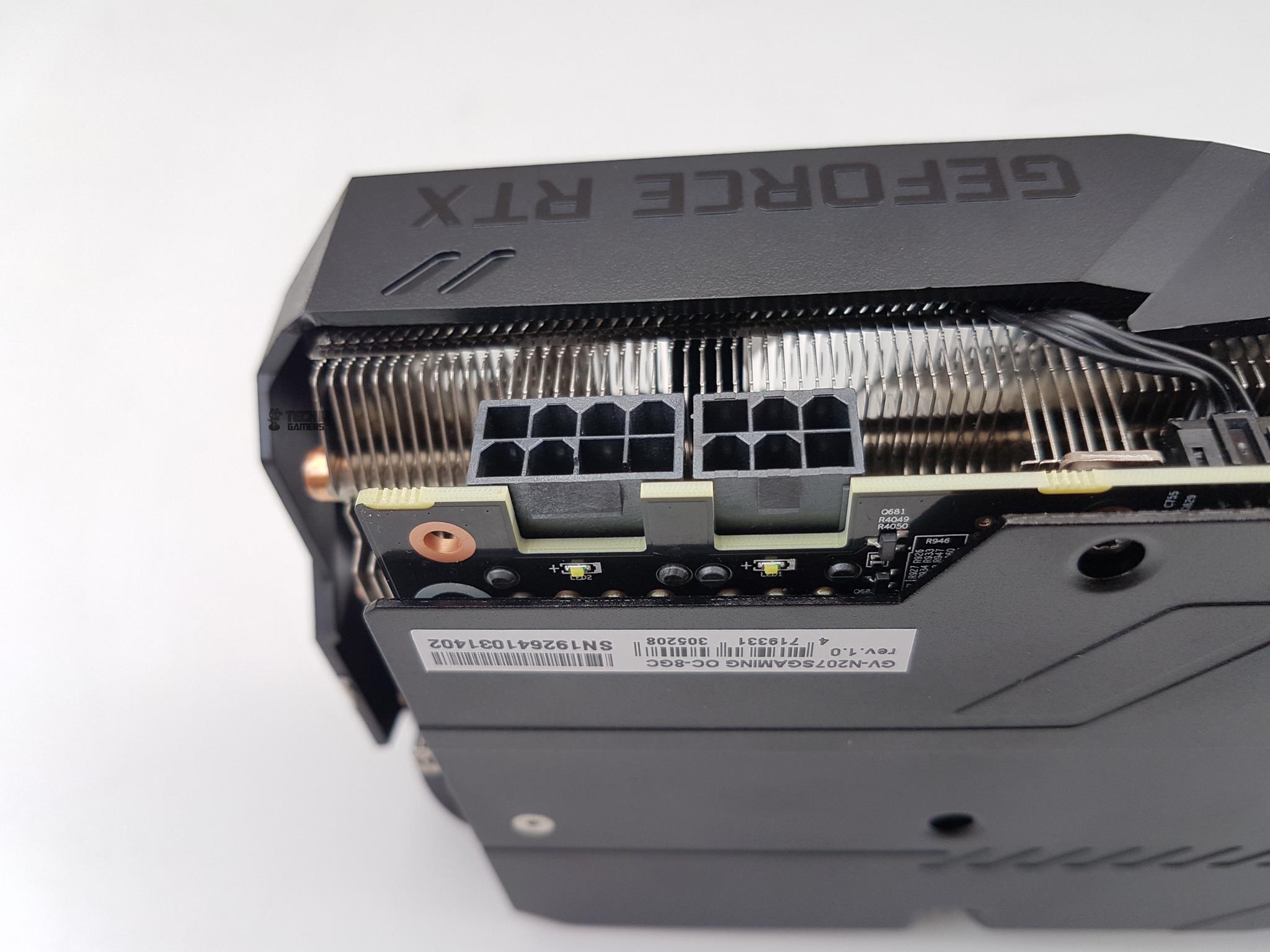
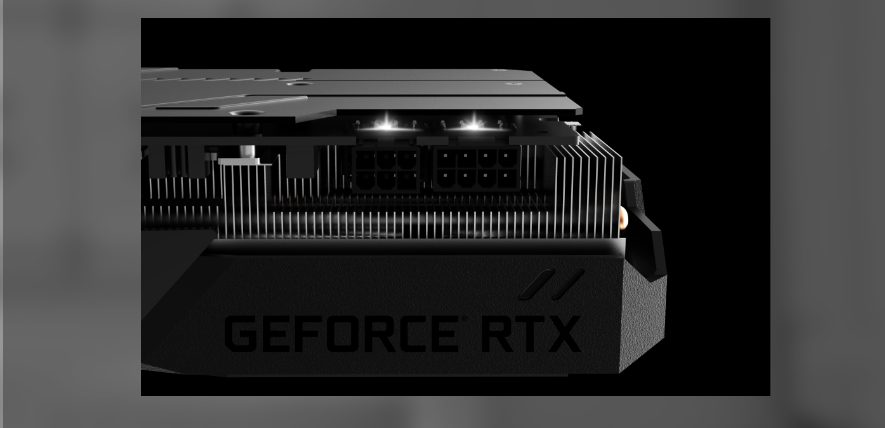
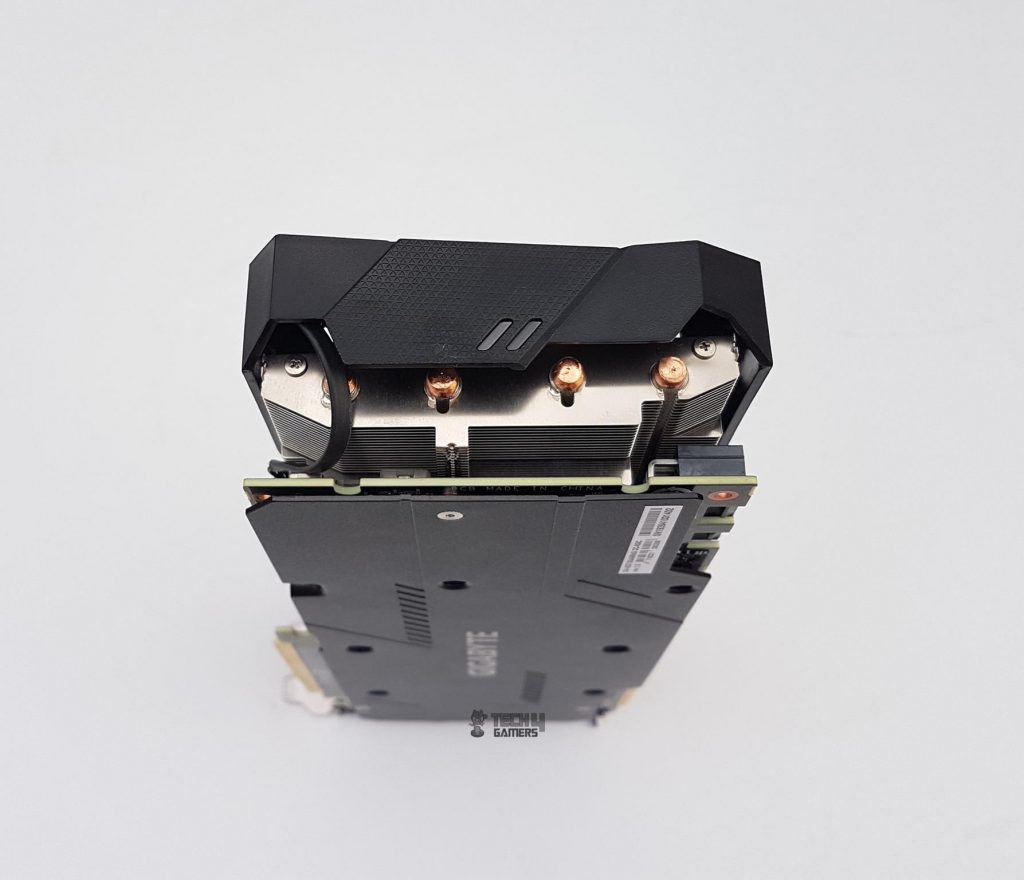
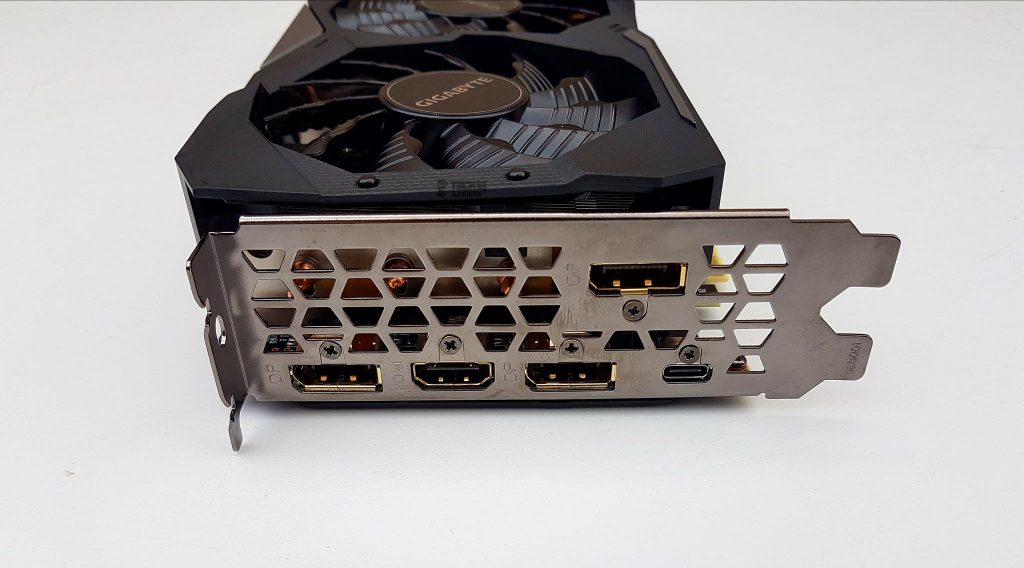
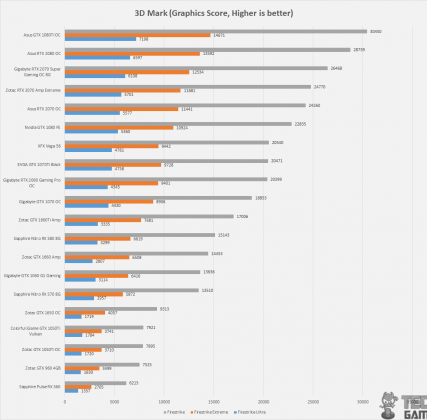
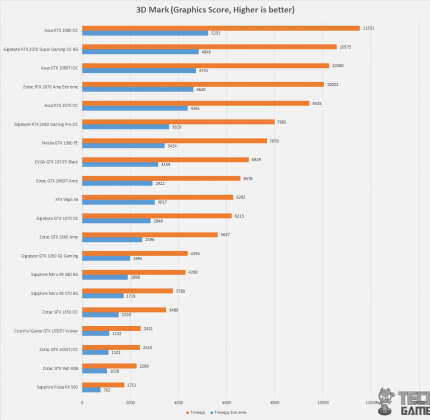
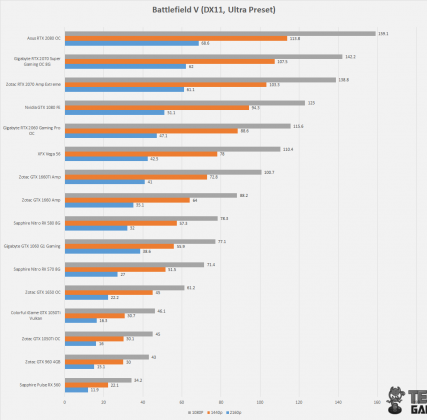
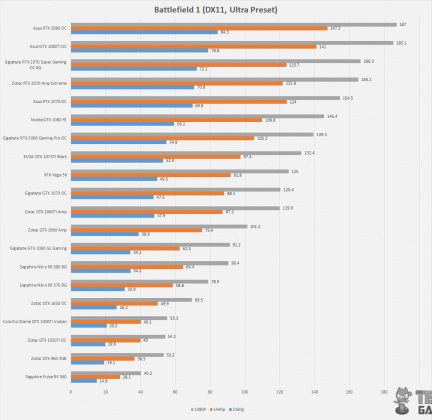
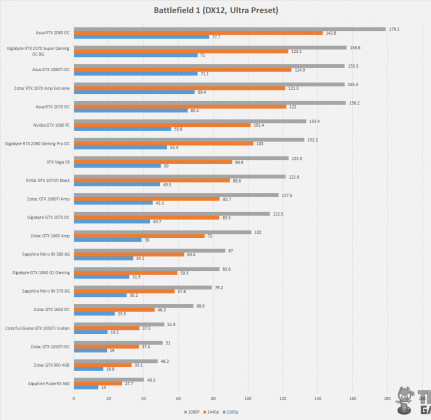
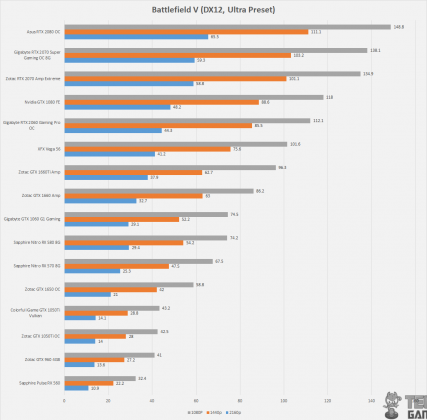
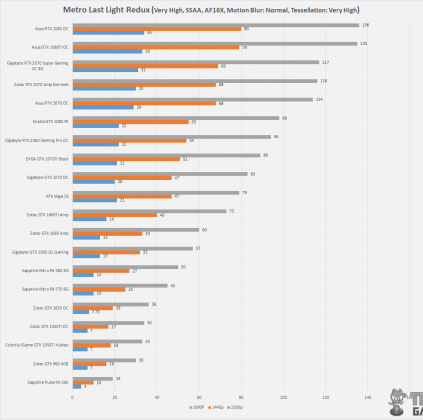
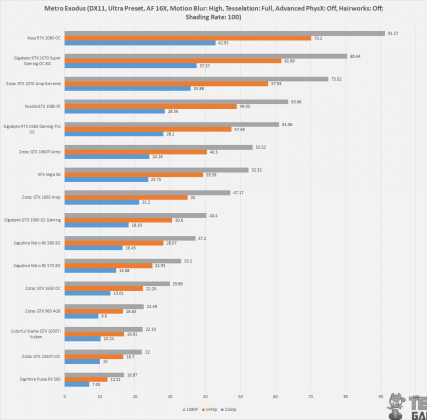
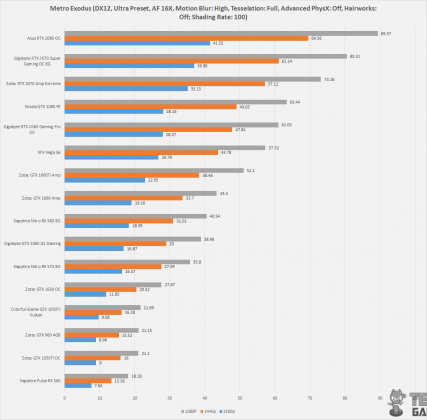
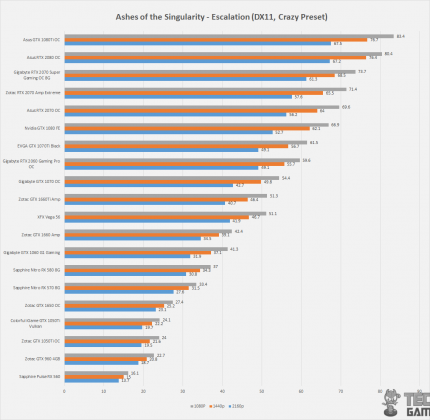
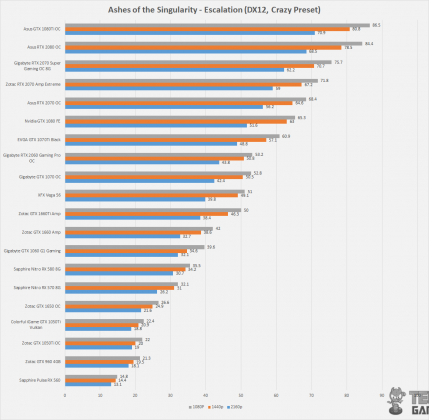
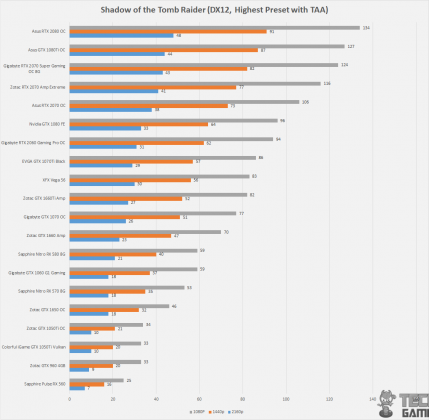
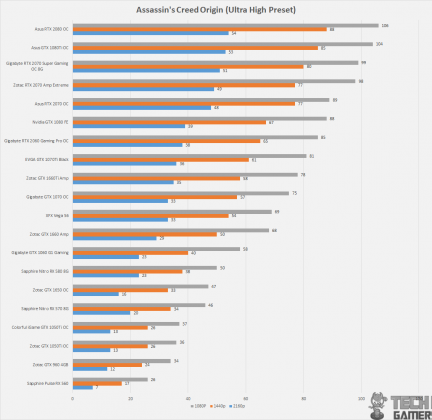
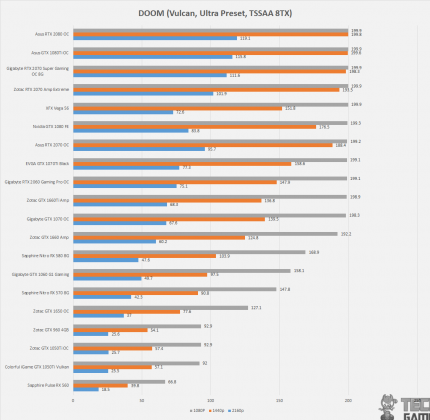
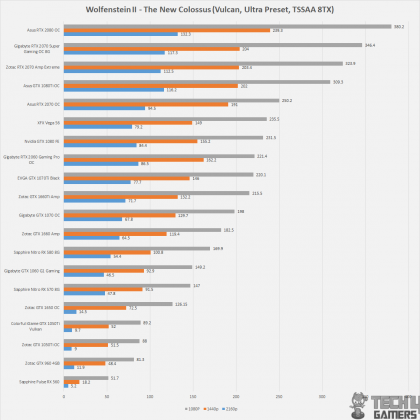
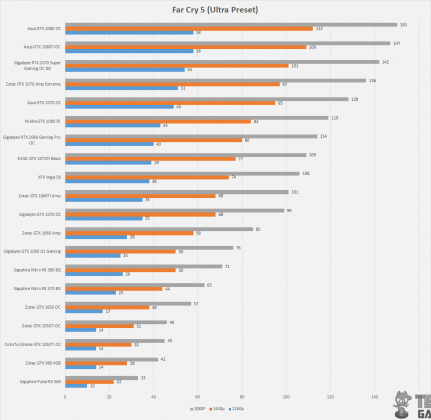
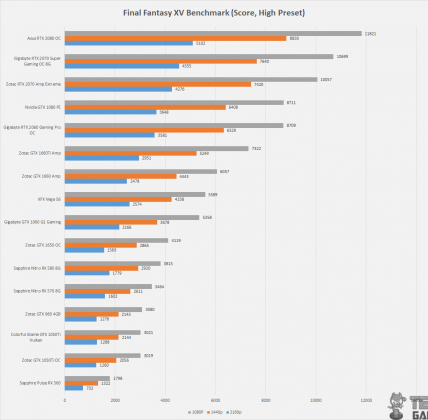
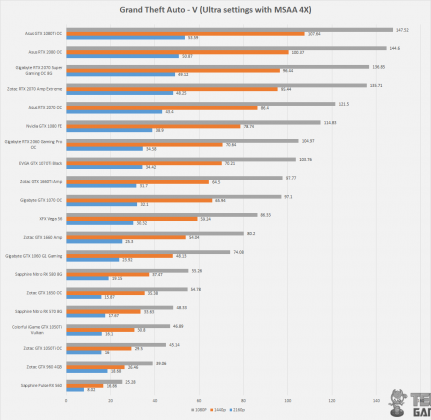
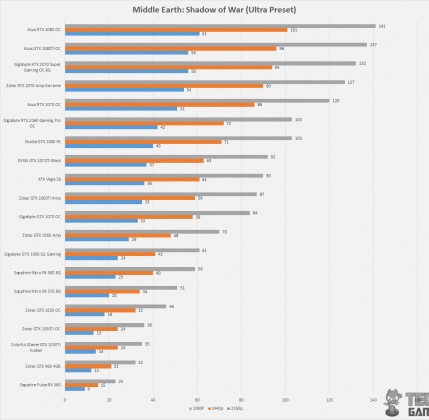
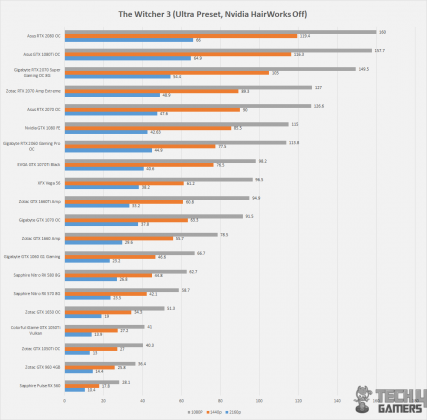
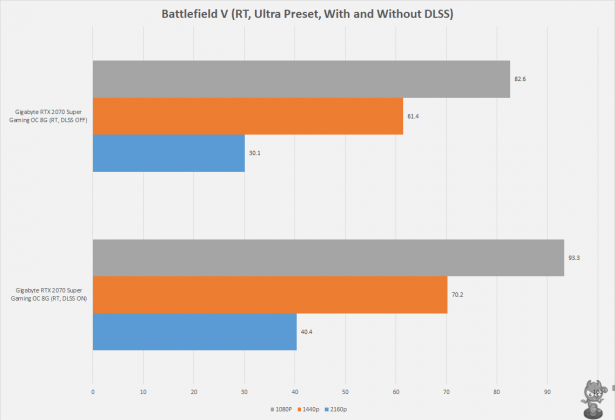
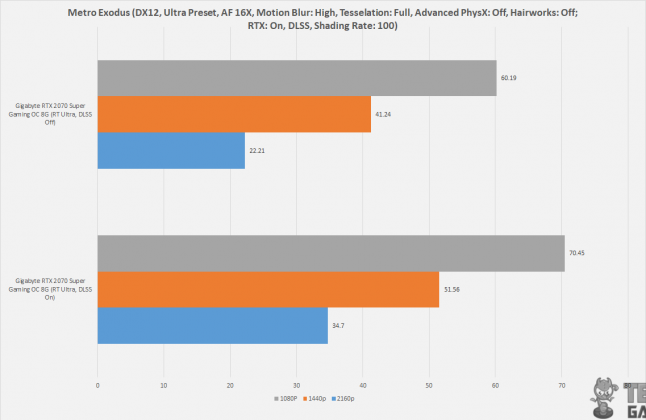
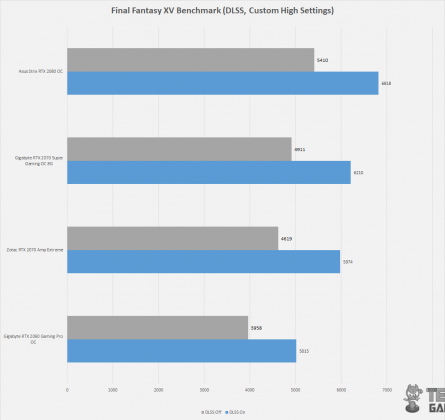
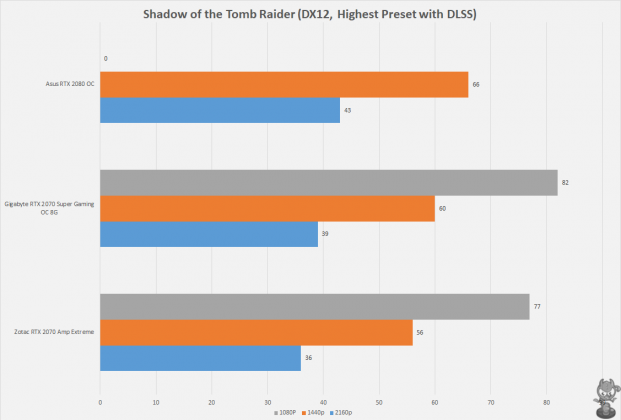
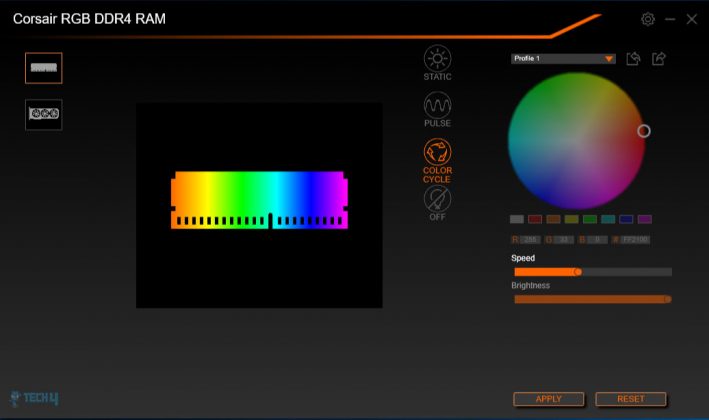
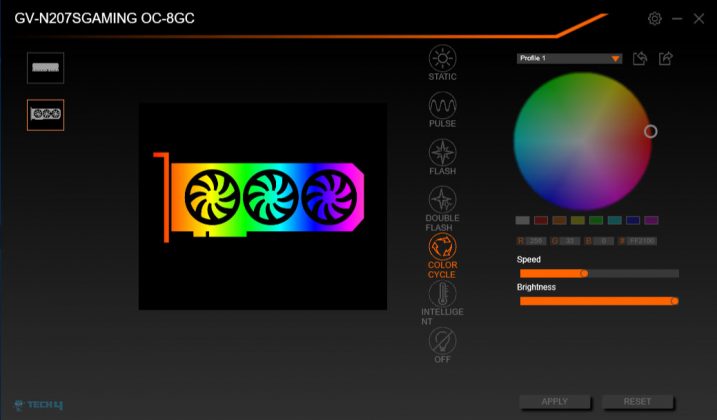
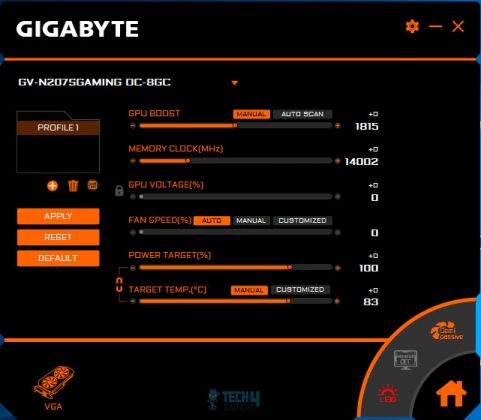
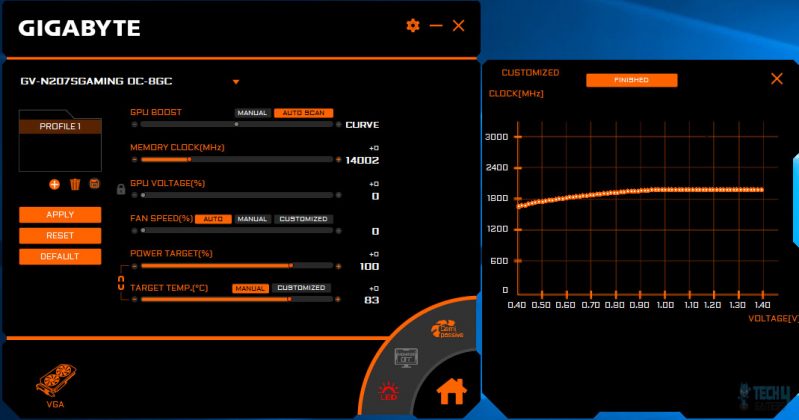
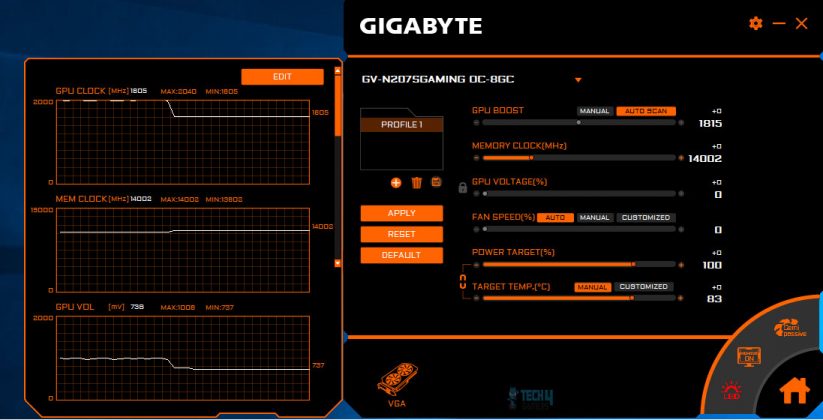
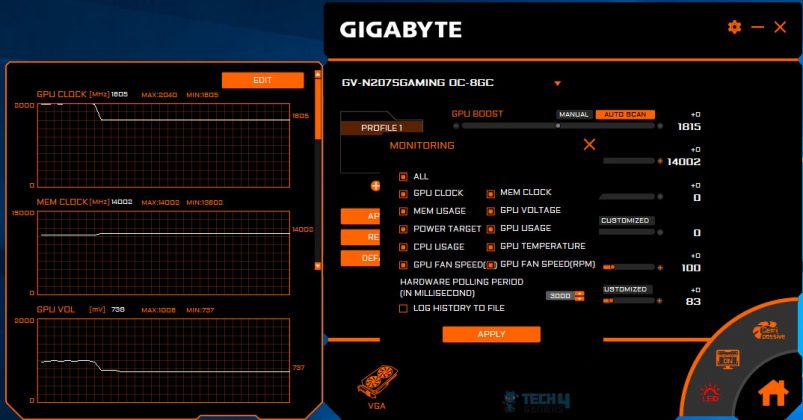
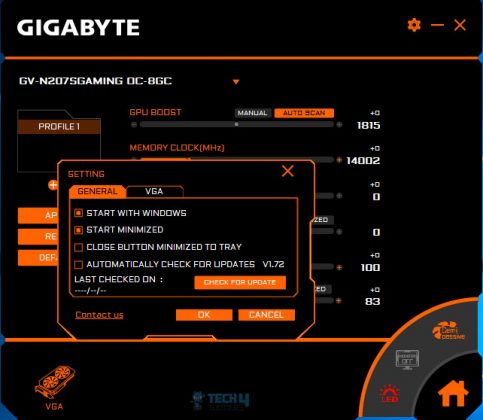

![Gigabyte X570 Aorus Pro Wifi Review [Fully Tested] Gigabyte X570 AORUS Pro Review](https://tech4gamers.com/wp-content/uploads/2021/11/gigabyte-x570-aorus-pro-wifi-review-218x150.jpeg)
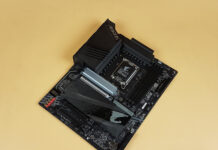
![6 BEST RTX 4080 Graphics Cards [Performance, Looks, Value] Best RTX 4080](https://tech4gamers.com/wp-content/uploads/2022/11/Best-RTX-4080-218x150.jpg)
![5 BEST GPU For Ryzen 9 7900X3D [With Benchmarks] BEST GPU For Ryzen 9 7900X3D](https://tech4gamers.com/wp-content/uploads/2023/07/BEST-GPU-For-Ryzen-9-7900X3D.jpg)
